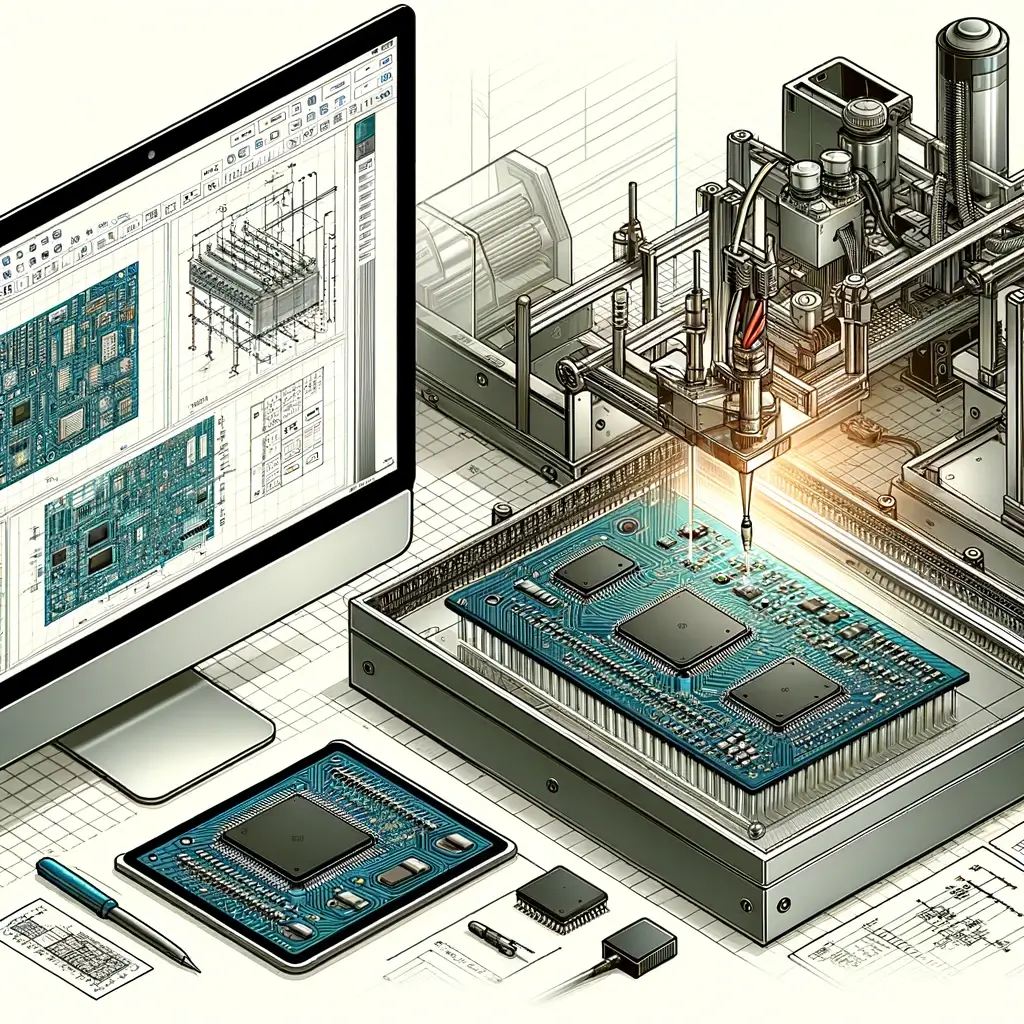The advantages of heavy copper PCB
A growing number of power electronics products are taking advantage of an increasing trend in the printed circuit board industry such as heavy copper PCB. Most commercial PCB is manufactured for low-voltage or low-power applications with copper traces.
The advantages of heavy copper printed circuit board:
High power circuit designs can present a number of challenges for printed circuit board (PCB) manufacturers. As power densities increase, so does the need for improved thermal endurance, increased current carrying capacity, and mechanical stability. Heavy copper PCBs are one solution to meet these needs, providing a range of benefits over traditional PCB designs.
Firstly, heavy copper PCBs offer increased endurance to thermal strains. When high temperatures are sustained by traditional copper traces, thermal expansion can cause physical damage, and over time the circuitry can become unreliable. Heavy copper PCBs with thicker copper layers provide superior thermal conductivity and allow for more efficient heat dissipation. As such, designers can increase the maximum heat output of an electrical device without concern for circuit failure, as the increased copper weight ensures maximum heat dissipation.
Secondly, heavy copper PCBs can provide increased current carrying capacity. Higher copper weights on the board improve electrical conductivity, thereby allowing greater current flow compared to standard PCB configurations. This enables circuit designers to incorporate more power into their designs, resulting in more powerful devices.
Thirdly, heavy copper PCBs provide increased mechanical strength at connector sites and in plated-through holes (PTH). The PTHs of heavy copper PCBs provide a highly robust infrastructure, enabling the board to withstand a great deal more stress. This additional mechanical stability translates to more robust devices, with reduced size as an added bonus, as designers can incorporate multiple copper weights on a single layer of circuitry.
Fourthly, heavy copper allows for the use of exotic materials to their full potential without circuit failure. Certain materials have improved electrical and thermal conductivity properties that can benefit high power applications. Heavy copper allows the designer to incorporate these materials into the circuit design without the risk of circuit failure.
Fifthly, heavy copper-plated vias allow the board to carry higher current and transfer heat to an external heatsink. This is very important as heat can be transferred more efficiently, especially when utilizing thermal vias for transitioning thermal loads. High-power LEDs that are used in high-lumen applications can benefit greatly from the use of heavy copper PCBs.
Sixthly, on-board heatsinks are directly plated onto the board surface using up to copper planes, which enables devices to diffuse heat more efficiently. This provides manufacturers with a high degree of flexibility, allowing them to integrate necessary thermal management elements seamlessly within the design.
Seventhly, heavy copper PCBs can be optimized for on-board high-power-density planar transformers. This capability provides designers with the ability to manufacture high-power-density miniature transformers that are optimized for space-constrained designs. Furthermore, the heavy copper used in these designs can also be configured to protect the transformers from mechanical damage during extended use.
In conclusion, before designing a PCB for high current and power application, it’s important to carefully consider the benefits of heavy copper PCBs.
The increased endurance to thermal stress, improved current carrying capacity, increased mechanical strength, ability to use exotic materials, reduced product size, and on-board heatsink capability all make heavy copper PCBs well-suited for use in high power applications.
Furthermore, heavy copper PCB technology is compatible with most circuit assembly and soldering processes, making it an easy solution for circuit designers.



